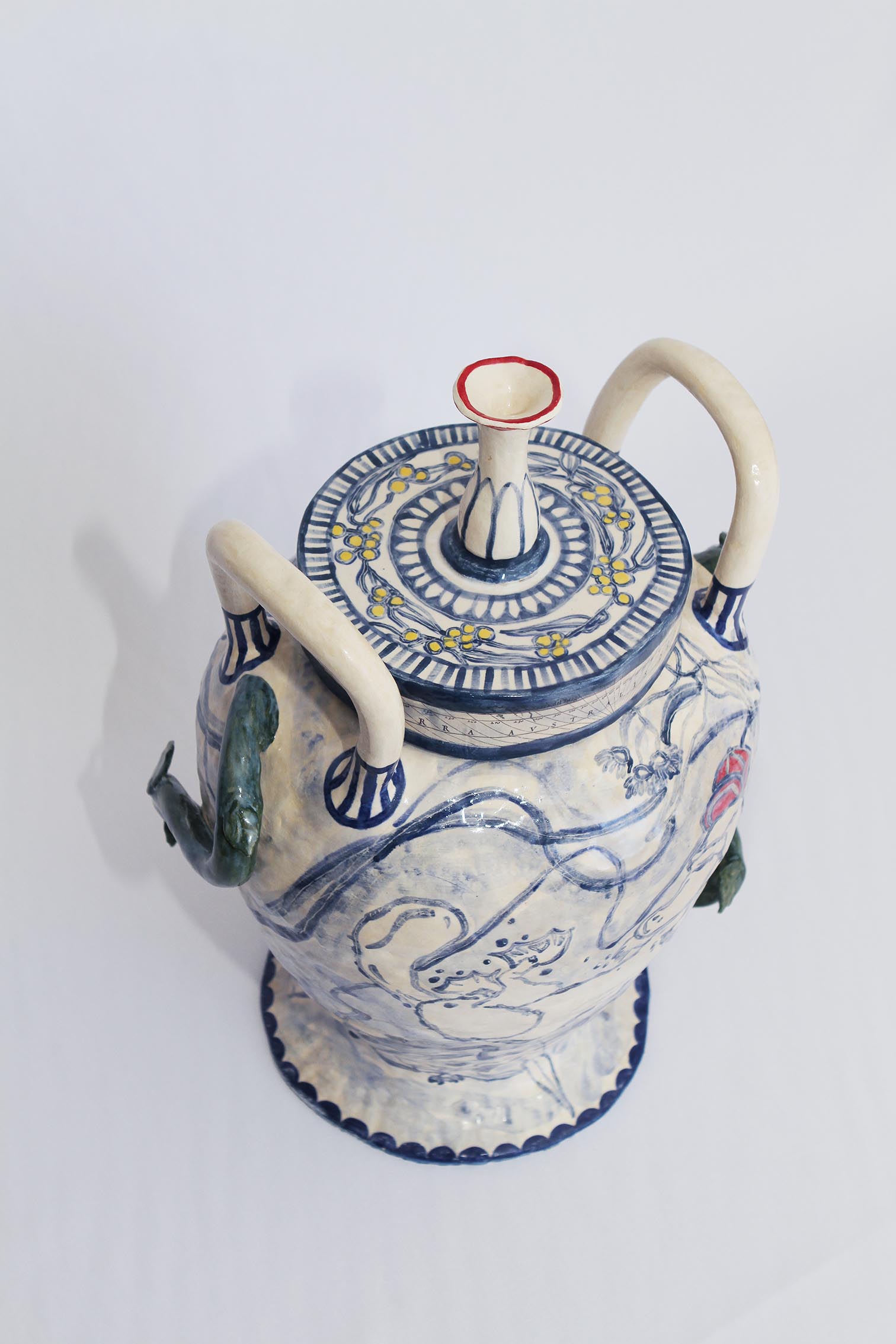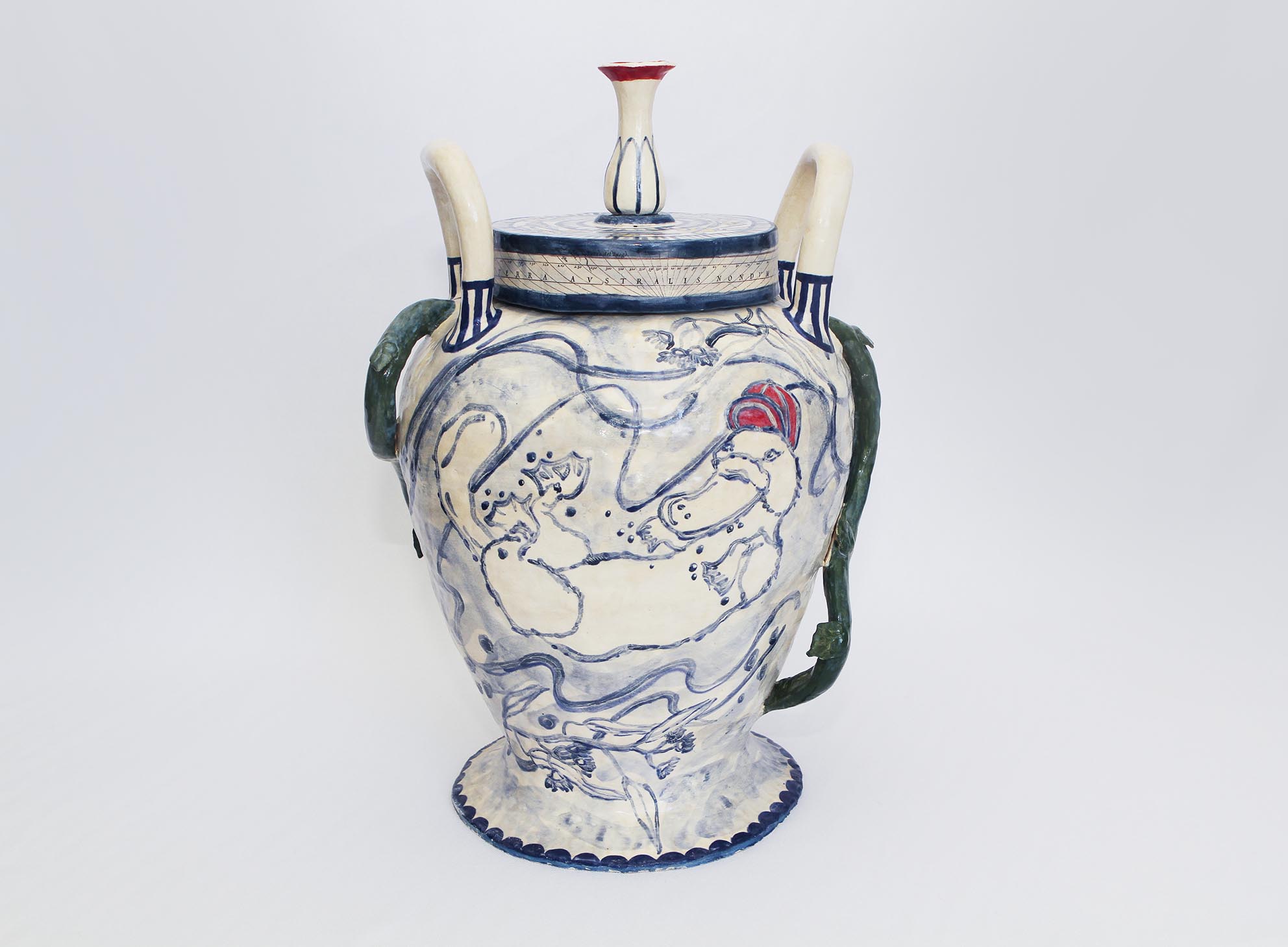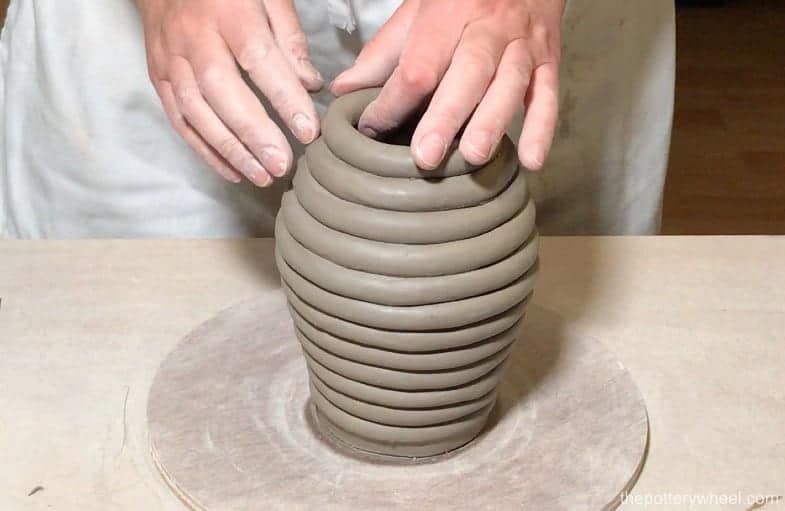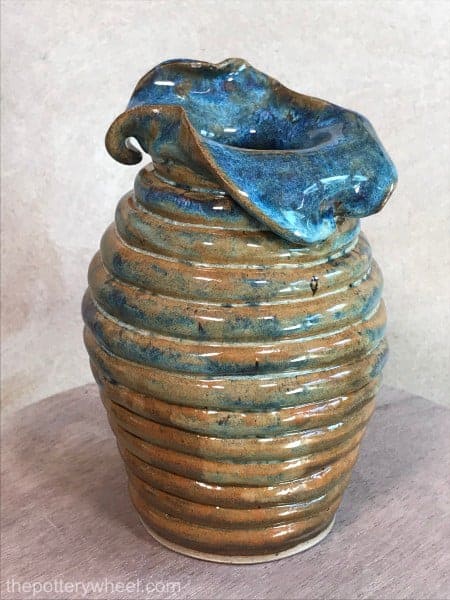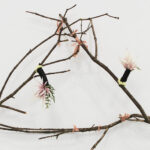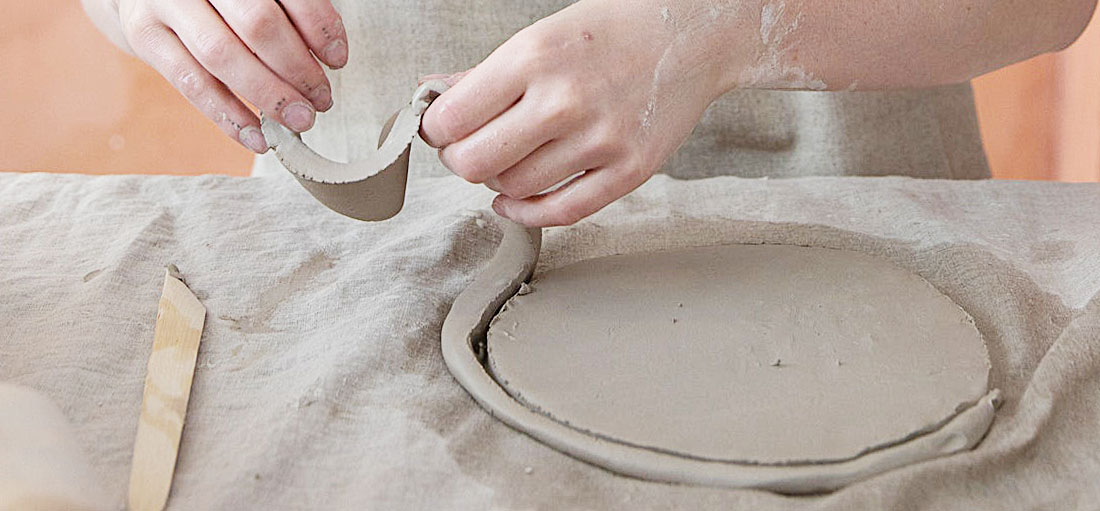
What is the technique of coiling?
You may have heard the term coiling being used in pottery, but what is the technique of coiling?
The technique of coiling
It is difficult to make a completely symmetrical piece using the technique of coiling. Part of its beauty is the imperfect and handmade nature of this method, making every piece unique. The technique of coiling is somewhat slow and contemplative in nature, and requires patience.
Coiling clay is also a great way to build sculptures, and experiment with different shapes. It gives the maker flexibility that cannot be achieved on the wheel, which tends to be more focused on centring the clay and forming symmetrical shapes.
When building with the technique of coiling, it is best to start with thicker coils at the base of the piece, which is where it carries more weight. This will strengthen the base of piece. The coils can gradually decrease in thickness as you work your way up. This helps to decrease the amount of weight that the case has to carry.
Here are some examples of what coiling can look like:
A simple clay vessel being constructed with layers of coils, where the coils were left exposed on the exterior of the piece.
Images sourced from The Pottery Wheel.
Coils that are used to make patterned effects.
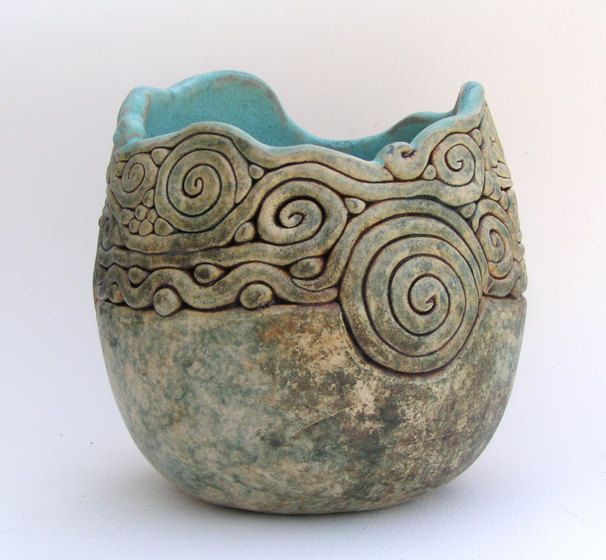
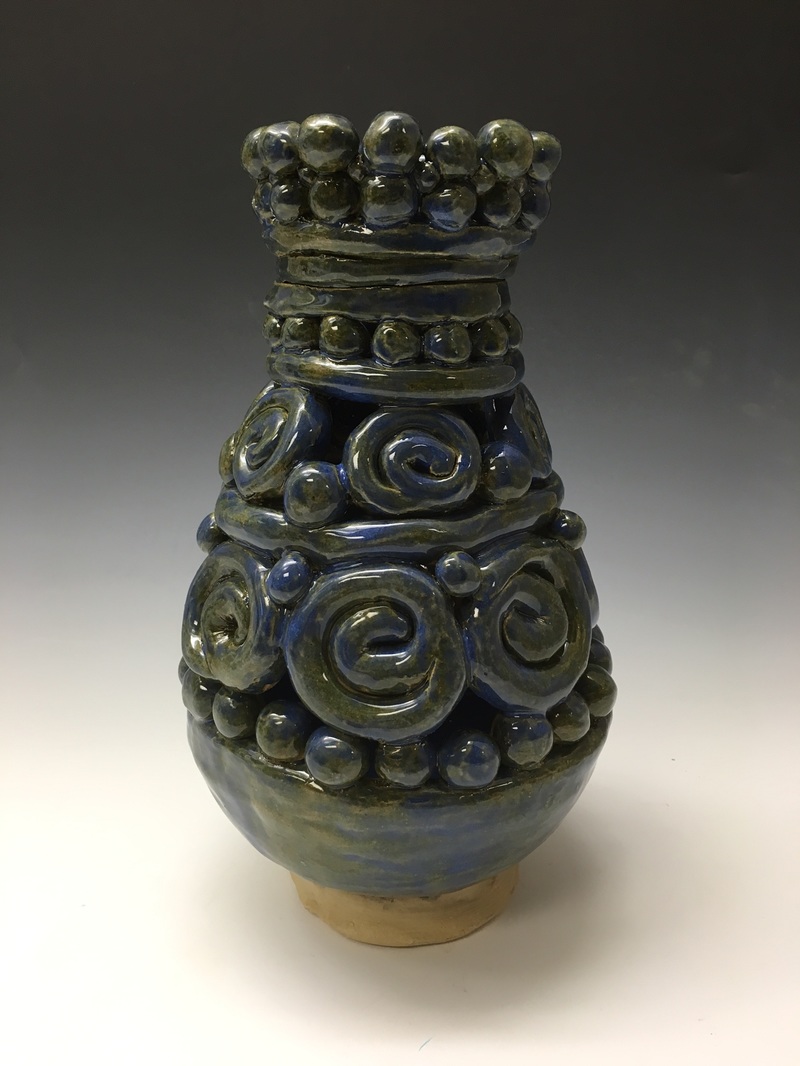
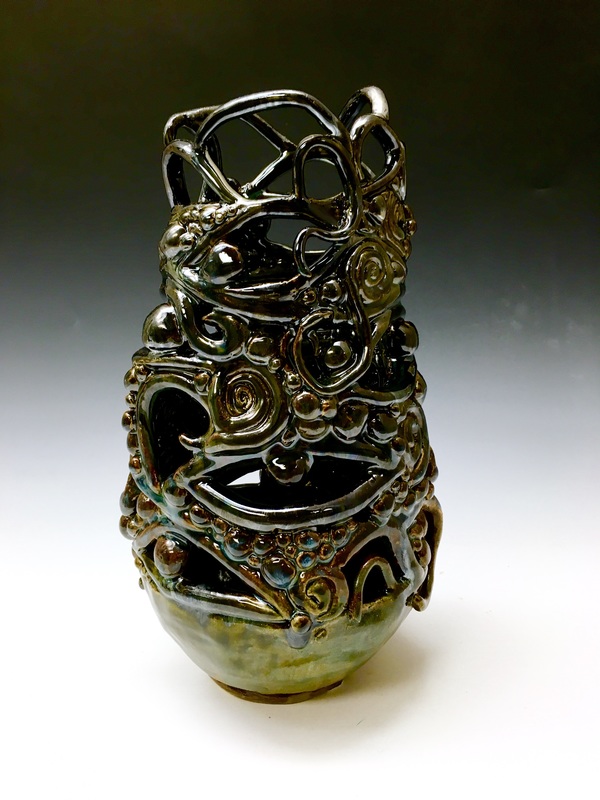
Images sourced from Crimson Art with Manders.
Experimental techniques using coils.

Image sourced from Ceramic Arts Queensland.
My own personal art project, where I used the technique of coiling. I smoothed out the exterior of the vessel, to allow for further decorative elements such as scragfitto and decals. You can read more about this project here.
